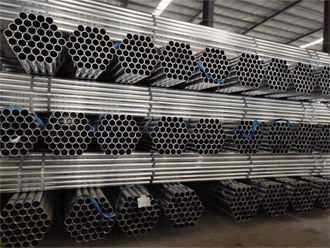The relationship between commodity and shipping rates
Commodity prices generally move together with shipping rates. When prices for materials such as steel, iron ore, coal, oil, and copper rise, they can follow demand that’s rising faster than capacity can increase. This also means higher shipments and shipping rates as well as share prices for dry bulk shipping firms. When prices fall, however, they’re often negative for dry bulk shippers. But there are cases when falling commodity prices are positive for shipping rates.
Rising steel suggests solid demand
On September 30, the domestic spot price for hot-rolled steel in China stood at 3,560 renminbi per mt (metric tonne). Prices were rising from the end of May at 3,436 renminbi which was near the lows of 3,400 during the financial crisis. This also occurred in mid-2012, before the government initiated stimulus programs to energize the economy. Since public steel companies play an important role in keeping citizens employed, that price level could be the support line the government wants to maintain and something investors may want to keep in mind.
The recent decline in steel prices most likely reflects an increase in steel output and supply rather than weak demand. China’s manufacturing PMI, which is largely viewed as a leading indicator of the strength of China’s economic activity, rose slightly in September. As steel prices fall, demand for the industrial good should rise, which will further support economic activity and iron ore imports.
Iron ore prices have come off a recent high
Prices of imported iron ore have risen since June as well, following actions by the government to stabilize growth. That has negatively affected August’s import data, however, as the difference between domestic and imported iron ore prices diminished. Nonetheless, prices have come off of their recent high of USD 140 to USD 131.5 per metric tonne on October 1, which appears to be driven by increased supply of iron ore from southern countries such as Australia and Brazil. Over the past few days, we’ve seen an increase in the price of iron ore. But this is likely driven by higher demand rather than lower supply because Capesize rates maintained their uptrend.
Background on iron ore prices and shipping rates
At the start of the year, prices for iron ore and coal were higher because of increased industrial activity in China. The wet season in Southern Hemisphere countries such as Brazil and Australia, which typically spans from December to March, also contributed to the higher prices. So while we saw high prices for iron ore, they didn’t exactly help Capesize rates. (Capesize vessels primarily haul iron ore and coal.)
When mining operations resumed in the Southern Hemisphere during the second quarter, iron ore prices fell. Commodity prices were also negatively affected by China’s new government’s tolerance for lower economic growth, on top of actions taken to cool the property market from overheating again around February. Shipping rates rose, however, as trade volume increased, which was positive for shipping companies like DryShips Inc. (DRYS), Diana Shipping Inc. (DSX), Safe Bulkers Inc. (SB), Navios Maritime Partners LP (NMM), and Navios Maritime Holdings Inc. (NM). We should view iron ore prices as a short-to-medium-term positive for dry bulk shipping companies.
